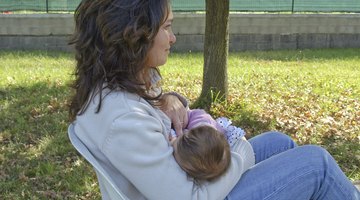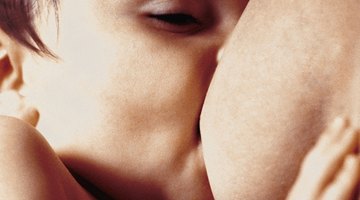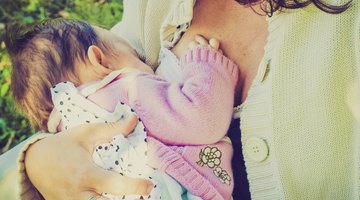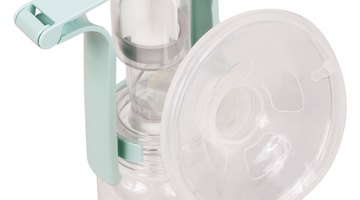Blisters on Nipples From Breast-Feeding
Breast-feeding isn't supposed to hurt, but sometimes a nursing mother develops painful blisters on her nipples. The appearance and treatment of these sores depends on the underlying cause, but they don't need to hamper the breast-feeding relationship. Dealing with blisters on the nipples as soon as they develop can ensure that you spend less time worrying about pain during nursing and more time enjoying your baby.
Milk Blisters
A milk blister, also called a bleb, develops when a nipple pore becomes blocked. It can look like a white, clear or yellow dot and is usually painful. Sometimes the trapped milk just behind the blockage forms a hard, sand-like grain that you can feel when you rub or press on the nipple. Most spontaneously heal within a few days or weeks, but the discomfort often makes the breast-feeding mother seek out solutions before that point.
Blood Blister
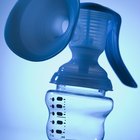
How to Heal Blisters on the Breasts From Pumping
Learn More
Another type of blister is a red or brown blood blister. This type of blister develops when the baby has a poor latch or the mother uses a poorly fitting breast pump or nipple shield. These can heal on their own as well, although they will likely return unless the original problem is corrected. A certified lactation consultant can help you with proper latching and positioning if that is the underlying problem.
Treatment
To treat a milk blister, you should apply a warm, moist compress before nursing, gently pull out any visible plug, and continue nursing or pumping as usual. You can apply an antibiotic ointment after a feeding to help either type of blister heal, but get approval from your doctor first. To further protect the nipple, you can apply lanolin ointment before or after a feeding. Try to keep the nipple uncovered and let it air dry after nursing your baby or after applying an ointment.
Considerations
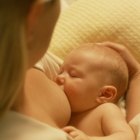
Lump in My Areola When Breastfeeding
Learn More
A blister on the nipple is not a reason to stop breast-feeding your baby. If the side where the blister is feels too painful to nurse, offer the other side first so that the baby does the more powerful nursing on that side. If you choose to forgo breast-feeding on that side entirely, you should continue to express milk from that breast, either using a pump or by hand. Leaving milk in the breast can cause engorgement in that breast and can lower milk supply over time. If your blisters persist, you suspect an infection has set in or you have any other difficulties feeding your baby, get your doctor's advice.
Related Articles
- Drugs.com; Breastfeeding and Nipple Soreness; 2011
- La Leche League International: The Womanly Art of Breastfeeding; Dianne Wiessinger, et al.; 2010





